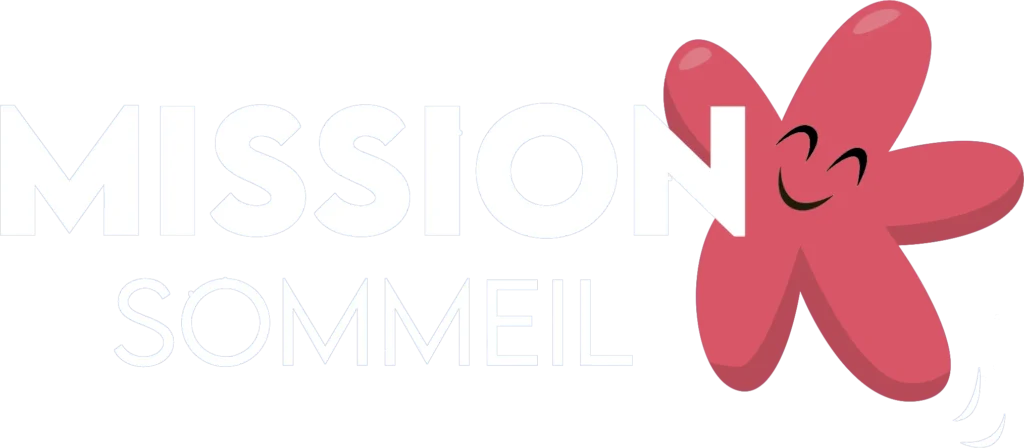What is a sleep train?
A sleep train represents what are known as “sleep cycles”. The wagons are the different episodes or “sleep phases” that make up the train or complete sleep cycle. Children’s trains are shorter than those of adults, about 40 minutes, and the length increases with development, up to an average duration of 90 minutes for adults.

The sequence of sleep trains start to flow around the age of 4 months.
The sleep cycle is the association of episodes of quiet or non-REM sleep (blue-green cars) and an episode of active or REM sleep (red car).
| We link sleep trains throughout the night, and it’s perfectly normal for a child to wake up between cars before getting on another train, for example. |
Scientists suggest that the night awakenings between sleep trains or cars has an adaptive function to prevent sudden infant death syndrome and to ensure that the child can meet its survival needs such breathing, feeding or comforting.
Quiet or non-REM sleep is detected as follows: the infant’s face is not very expressive, no movement apart from a few sucking motions.
Conversely, active or REM sleep is detected as follows: the infant’s face becomes expressive with multiple facial movements showing emotions and rapid eye movements. As it is the last car of the train, it is often marked by an awakening (or micro-awakening, with or without parental notification) leading to either the next train (next cycle) or the full awakening that heralds the end of the nap or night.

Olivier Bernard, Le Pharmachien, kindly agreed to discuss this topic with us following Évelyne Touchette’s guest appearance on his program on infant sleep broadcast on Explora on January 21, 2022.
Watch “Trains de sommeil et éveils nocturnes, Évelyne nous dit tout” to learn more.


